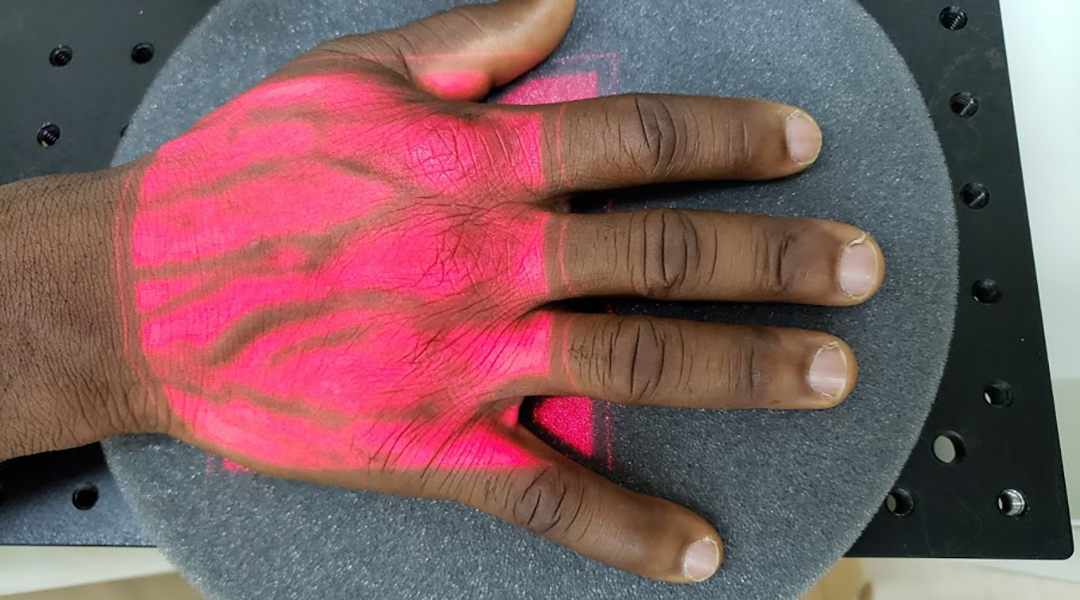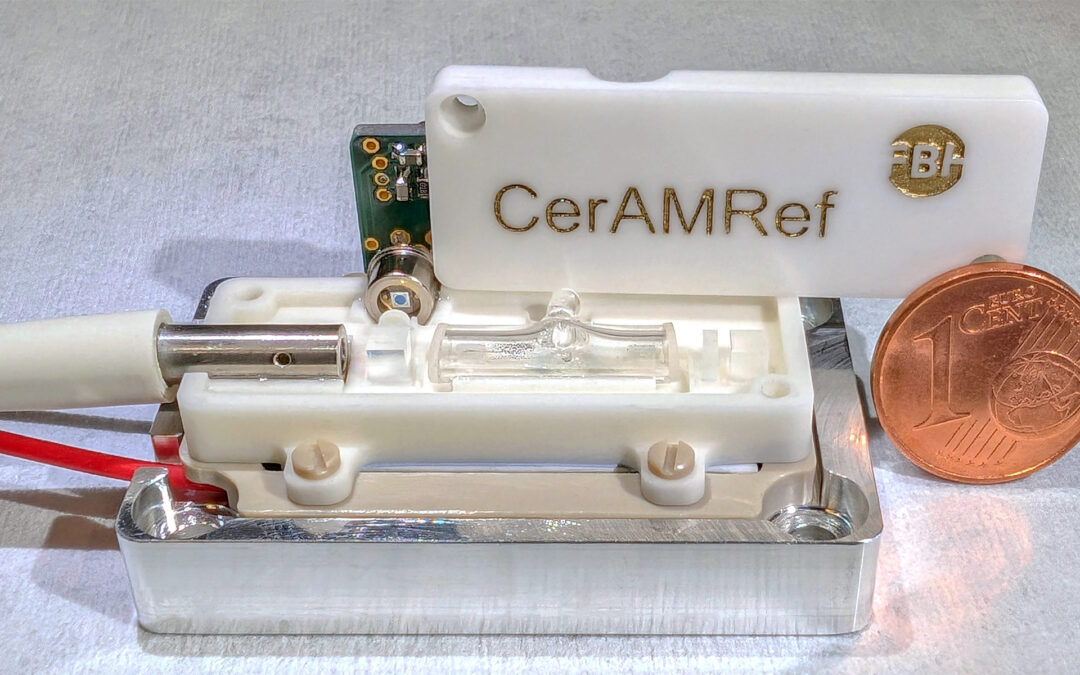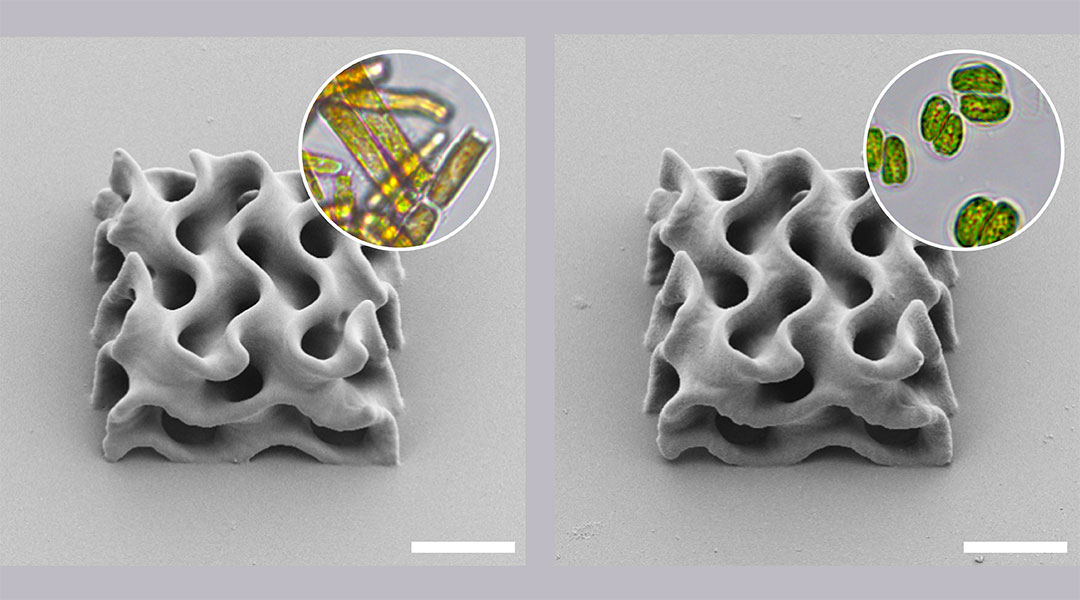Monarch butterflies have inspired the design of 3D-printed robotic wings that rely on magnetic fields to generate their delicate movements.


Monarch butterflies have inspired the design of 3D-printed robotic wings that rely on magnetic fields to generate their delicate movements.

An antenna designed to create an optimized magnetic field puts electrons into the required quantum states for quantum sensing devices.

Metasurfaces to detect terahertz radiation are making spectrometers smaller, lighter, and more efficient for space travel.

A non-invasive test uses a combination of lasers and ultrasound to detect red blood cells infected with malaria parasites with acoustics.

Machine learning is bringing forth the future of secure communication, swiftly identifying single photons that hold the key to quantum tech.

Scientists have built atomic clocks with unprecedented levels of precision by harnessing quantum entanglement.

3D-printed ceramics enable smaller, more stable quantum devices for applications in quantum computing, sensing, and communications.

A state-of-the-art printer with nanometer-scale precision enables the production of quantum emitters, advancing secure quantum communication.

A search for environmentally friendly inks led researchers to microalgae biofactories, providing a renewable biomass solution.

When the light absorbers are made very small, almost all the device performance metrics improve—but doing this is easier said than done.